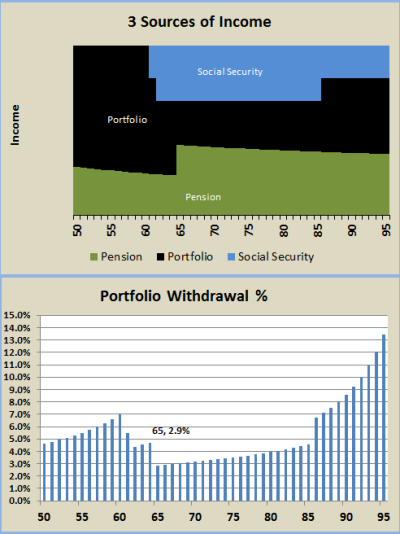DrRoy
Give me a museum and I'll fill it. (Picasso) Give me a forum ...
Based on the estimates I'm seeing, the monthly prem would be covered almost completely by the subsidy for the lowest level bronze plan.
Did you plan for the deductible? In 2016 the average for a family was $11,600. Could be higher next year.

